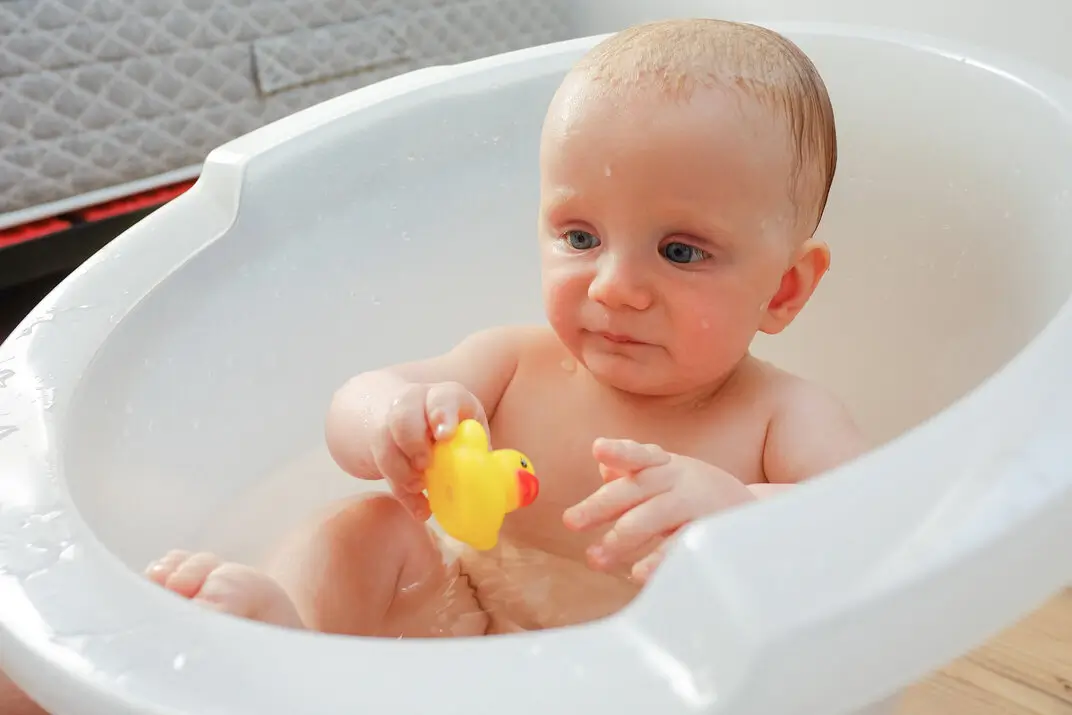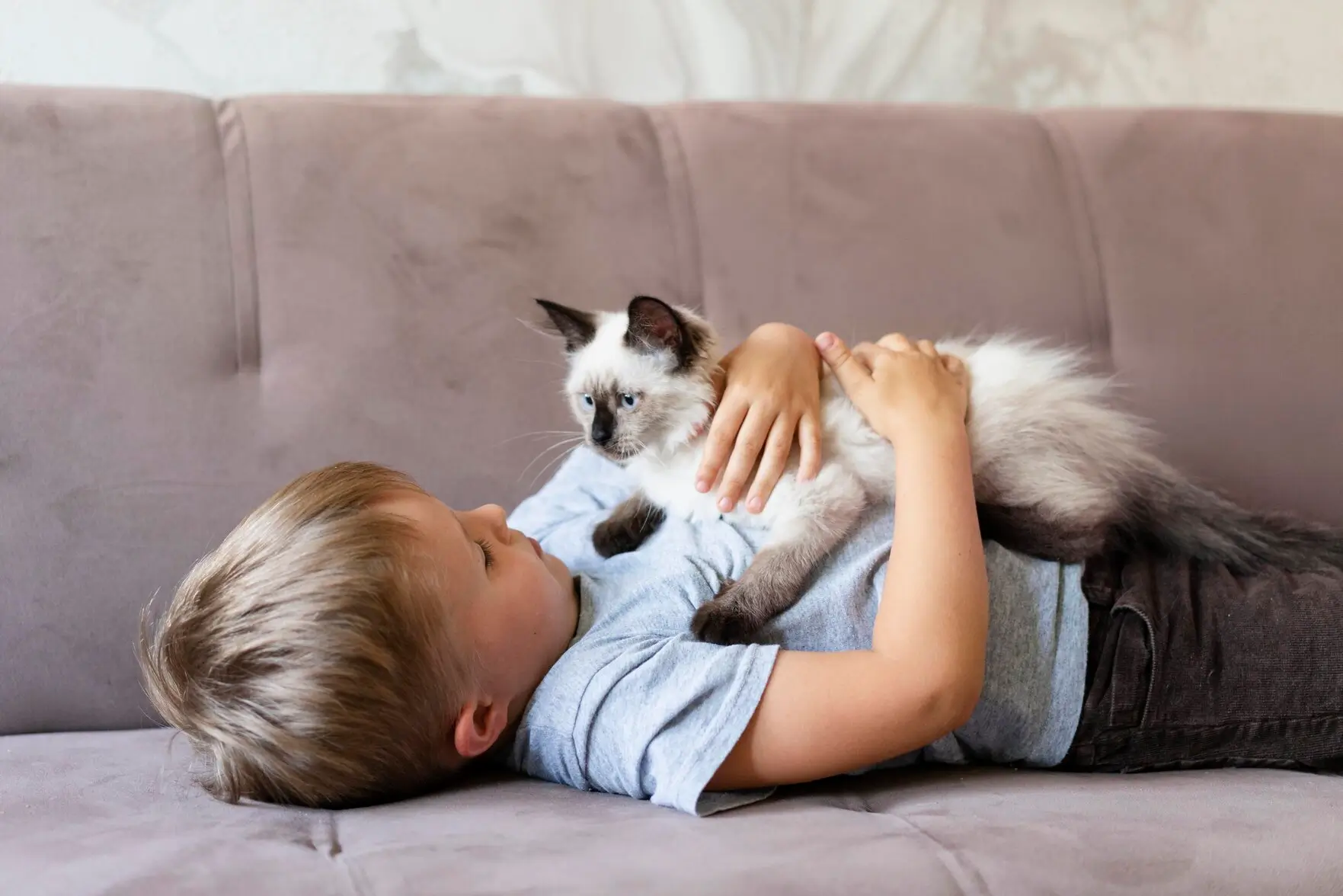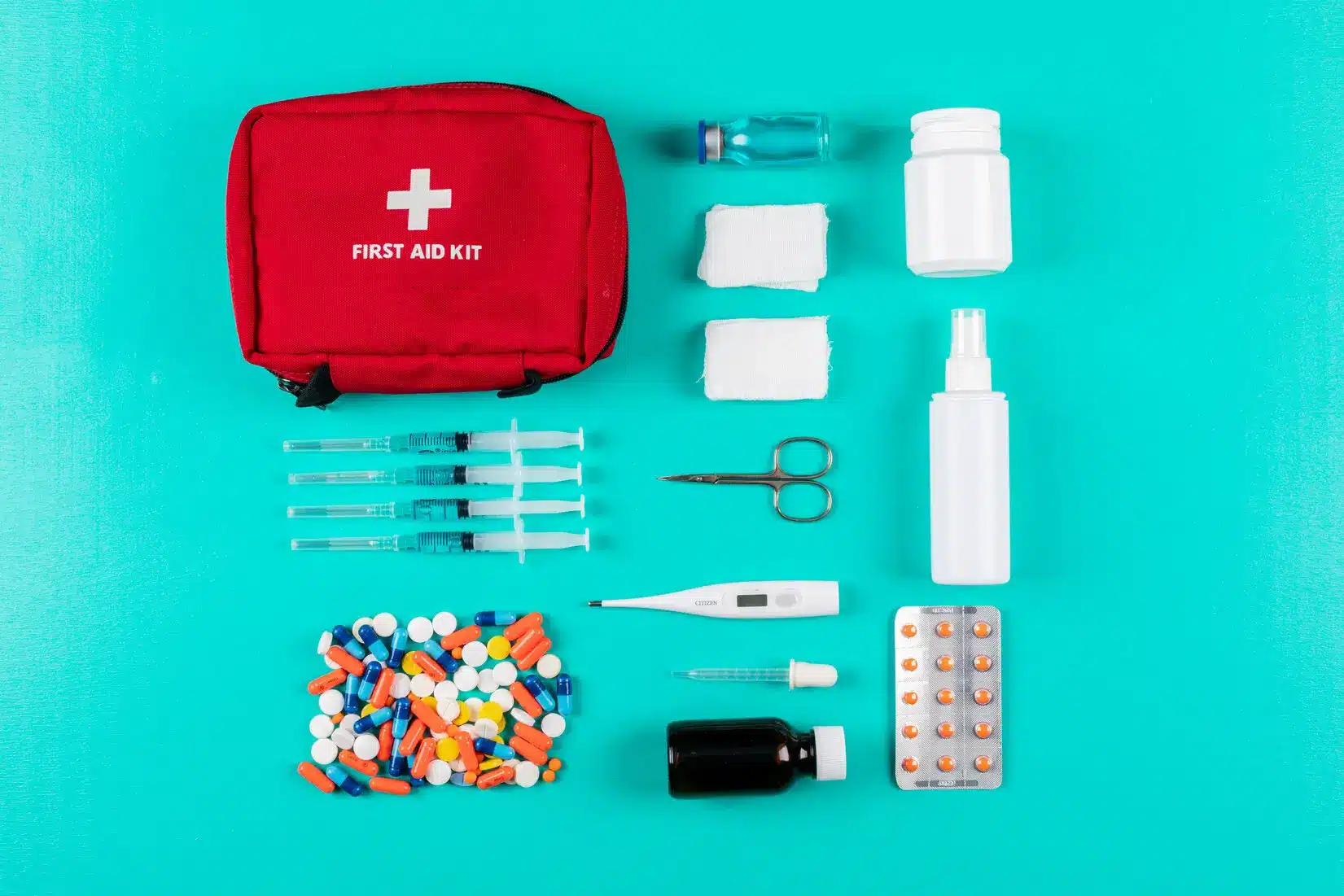Baby talking begins with tiny sounds that carry big meaning. First it’s coos, then babble, then those early baby words that light up the room. Progress comes from simple habits: short chats, pointing and naming, and patient turn-taking during play and daily routines. Expect babies talking to unfold across months, with everyday games nudging growth and clear signs that flag a quick check-in. This guide stays practical, uses plain language, and keeps the focus on what works at home.
Stages of talking baby
Growth happens in steps. The rhythm varies from child to child, yet the order is fairly steady. Treat the outline below as a map, not a stopwatch.

0–3 months — cooing and connection
Early months center on voices and faces. A baby studies mouths, watches eyes, and answers with long, soft vowels. This is where turn-taking begins: an adult speaks, the baby “answers,” there’s a pause, and the loop continues. These short exchanges set the base for later baby stages of talking.
4–6 months — babble and rhythm
Repeated syllables like “ba-ba” and “da-da” arrive. The sound stream grows livelier. Pitch rises and falls. Tongue and lip movements become more precise. Consistent responses even when sounds seem random build habits that keep infant language moving forward.
7–9 months — variety and gestures
Sounds branch out. Expect different tones, longer strings, and copycat patterns that feel close to speech. Hands join the story: waving, clapping, reaching, offering. Gestures pair with sounds and prepare the way for first words.
10–12 months — first words and meaning
A few baby words tied to familiar people and things appear. Words may be simple or slightly altered, yet they show up in the right moments and repeat reliably. Reinforce by pointing, naming, and giving a short response, then pausing for a turn.
12–18 months — more words and quick gains
Vocabulary grows. Endings may drop; that’s fine. What matters is steady progress across weeks new sounds, new attempts, and more shared moments. Short phrases may appear in play and at the table.
18–24 months — two-word phrases and early grammar
Ideas combine: “more milk,” “mama up.” Pronouns, action words, and names begin to land in useful ways. Short, clear responses make echoing and expansion easier. This stretch rounds out the early talking age journey and points toward longer sentences.
When does a baby say the first word
Many children produce a first meaningful word near the end of the first year, often tied to favorite people, pets, or objects. Variability is normal: some speak earlier, some later, and progress often shows in steady gains rather than a single “ta-da” moment. Signs that a sound is a true word include consistent use for the same thing, production in the right context, and repetition across days. If new skills pause for a long stretch, or recently seen skills fade, a brief check-in with a clinician helps set next steps for baby talking.
Reading baby’s body language
Words aren’t the only signals. Face, hands, and posture speak clearly once the cues are familiar. Wide eyes and leaning in show interest. Turning away or rubbing eyes means “break time.” Reaching and offering objects invite labeling and play.
These cues guide timing so chats land when a baby is ready. Many families refer to baby cry language, patterns in crying that hint at hunger, tiredness, or discomfort. Treat it like a set of clues. Try the most likely fix first and watch for change. Over time, steady responses teach that signals work, setting up smoother baby talking during the day.
Encouraging language development
Special gear isn’t required. A calm face, a responsive voice, and a few simple routines carry most of the load. Keep interactions light and repeatable.
Narrate and name with a friendly baby voice
Short lines that match the moment—“Blue sock,” “Big bus,” “More water?” Pair words with actions. A warm baby voice holds attention without turning every minute into a performance. Point while speaking so meaning sticks for baby talking.
Sound games, books, and music
Call-and-response is simple and effective: an adult says “ba,” pauses, then copies any reply. Board books with big pictures support pointing and naming. Short songs with claps or hand motions help with timing and attention. Mirror play adds imitation without extra noise. These quiet habits add structure to infant language.
Play prompts in daily routines
Talk through small steps already in the day: “Zip coat,” “Open door,” “Wash pan.” Offer choices: “Cup or spoon?” Leave space for any answer, even a sound or a point. These tiny prompts form the backbone of practical baby talking at home.
Bilingual homes baby in other languages
Two languages at home are welcome. Use full phrases in each, keep reading in both, and provide regular exposure. Mixing is common in toddler years and usually sorts itself out. A consistent pattern helps: one person one language, or one place one language. If a site has bilingual tips, connect naturally to a bilingual families guide.
Screens and songs baby talk TV show
A baby talking TV show can be cheerful, but a screen cannot replace a responsive face. If screens are used, co-view, point at what’s on screen, and chat about it. Interaction is what turns sound into learning.
Trendy claims did baby talk rise language
The phrase did baby talk rise language surfaces online from time to time. Regardless of the debate, the plan stays steady: respond often, label what’s happening, and keep conversational turns active. Daily practice outperforms any headline.
Night notes baby talking in sleep
Night sounds can be surprising. Baby talking in sleep is common during light sleep or brief wake-ups. If settling happens quickly and comfort looks good, there’s usually nothing to fix. When wake-ups stretch or stack, review nap timing, bedtime routine, and room comfort. Keep nights low-key; save sound games for daylight. A short pre-bed reset—one picture book, dim lights, and a quiet song prepares everyone for better sleep.
Causes of baby talking delay
Speech develops inside a wider picture that includes hearing, attention, motor skills, and daily routines. A delay can stem from one factor or several working together. Understanding common causes makes planning easier.
Hearing and ear health
Even a mild hearing issue can blur sounds that guide learning. Fluid behind the eardrum, frequent ear infections, or persistent congestion may reduce access to soft syllables and word endings. A quick hearing check rules this in or out and saves time in baby talking.
Oral-motor and feeding patterns
Mouth strength, tongue movement, and coordination affect sound shaping. Difficulty managing textures, messy drinking, or fatigue during feeds can hint that extra practice is needed. Simple exercises and paced strategies often help.
Limited language input
Quiet homes happen, and long stretches without face-to-face chat slow progress. Small fixes more labeling during chores, shared books, silly songs restore steady practice without adding stress.
Prematurity or medical history
Early arrivals or extended hospital stays can shift timelines. The plan remains the same steady interaction, adjusted expectations, and regular check-ins.
Developmental and neurodiversity profiles
Some children learn language alongside differences in social attention, play style, or sensory needs. An early evaluation clarifies strengths and sets realistic next steps. Routines with clear starts and finishes work well here.
Bilingual exposure myths
Multiple languages do not cause delays. Differences in which language shows more words week to week are normal for baby talking. Total communication across both languages often exceeds what is seen in only one.
Environmental load
High background noise, fast schedules, and lots of passive media compete with voices. Lowering noise, slowing transitions, and co-viewing when screens are on keep the focus on faces and words.
Family history and pacing
Speech and language timing often run in families. A later talker in the family tree does not prevent strong outcomes; it just encourages earlier planning if progress feels slow.
When to seek advice for baby talking
Parents and caregivers know their child best. If progress stalls or skills slip back, make a note and ask early. A friendly consult can bring reassurance, a plan, or both.
Signs that suggest a quick call
- No babble by the middle of infancy
- No new baby words by the end of the first year for baby talking
- No two-word phrases by two years
- Loss of skills seen recently
- Limited gestures or few attempts to share attention
These flags signal “let’s talk,” not “something is wrong.” Early guidance clarifies expectations around age start talking and the broader talking age range.
Baby speech delay what help looks like
A baby speech delay may show as slower progress, fewer sounds, or limited gestures. First steps usually include a brief evaluation, discussion of daily routines, a few play tasks, and simple goals. Many children benefit from extra practice woven into the day; others gain clarity from short, focused sessions.
Speech therapy for babies explained
Speech therapy for babies is playful and focused on modeling sounds, shaping turns, and building tiny routines that families can repeat at home. Clear guidance—what to try, how often, how to track reduces stress and keeps baby talking on a steady path. Typical home carryover: two or three mini-games, 3–5 minutes each, tied to meals, bath, and play.
Working schedules making minutes count
Short, strong moments beat long sessions that nobody enjoys. Narration during stroller time, quick labels during the doorway routine (shoes, keys, hug), and a single page of a picture book can fit even tight days. A few focused minutes scattered across waking hours build skill without pressure.
Questions and quick answers
Is baby talking at night a problem?
Usually no; if settling is quick, keep nights calm and focus on daytime practice.
Do two languages slow speech in baby talking?
Steady exposure in each language supports growth; keep reading and talking in both.
What’s the earliest sign of progress?
Eye contact and cooing, then babble strings; pointing and sharing follow.
How many words should be expected by a certain month?
Ranges are wide; look for steady additions across weeks rather than a single target.
How to spot a baby speech delay early?
Missing or stalled skills no babble, no new words, no two-word phrases by two years or any loss of recent abilities should prompt an early conversation in baby talking.
What happens during speech therapy for babies?
Play-based sessions that model sounds and turns, plus short home routines that fit real schedules.
Can a baby talk TV show teach speech?
Use sparingly and co-view; interaction with a real person is the teaching engine.
Conclusion
Baby talking thrives in simple, shared moments—eyes on each other, short lines, and patient turns. Daytime practice stays lively with books, songs, and small choices, while nights stay calm for reset. Where timing feels uncertain, early advice sets a plan that fits daily life and keeps progress steady.




